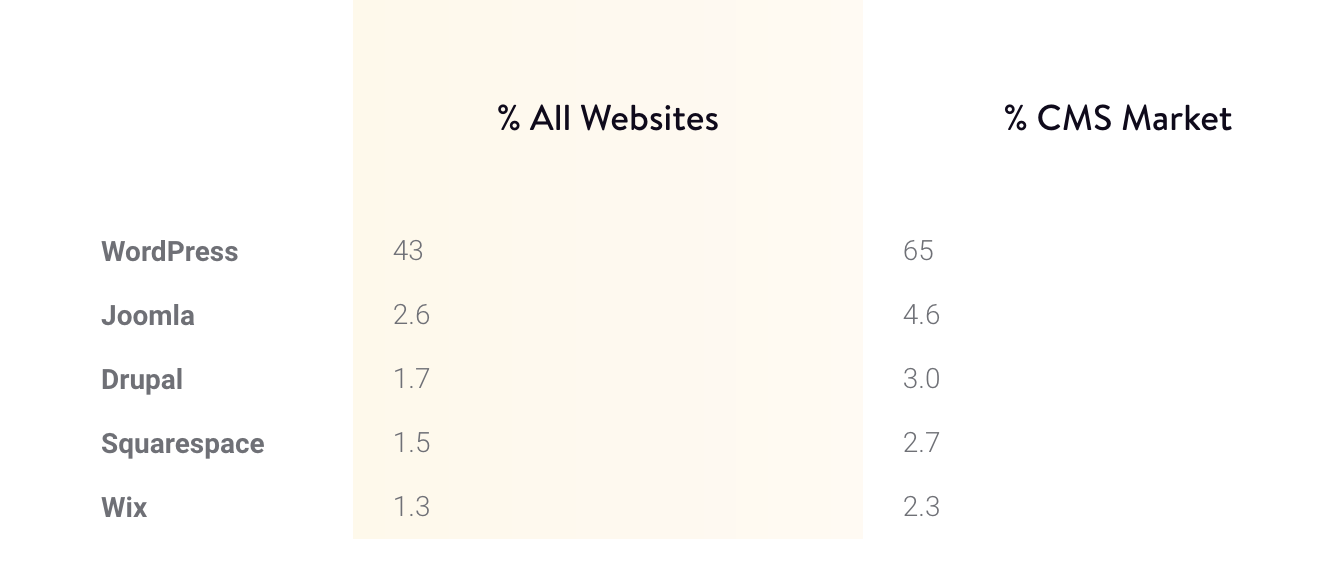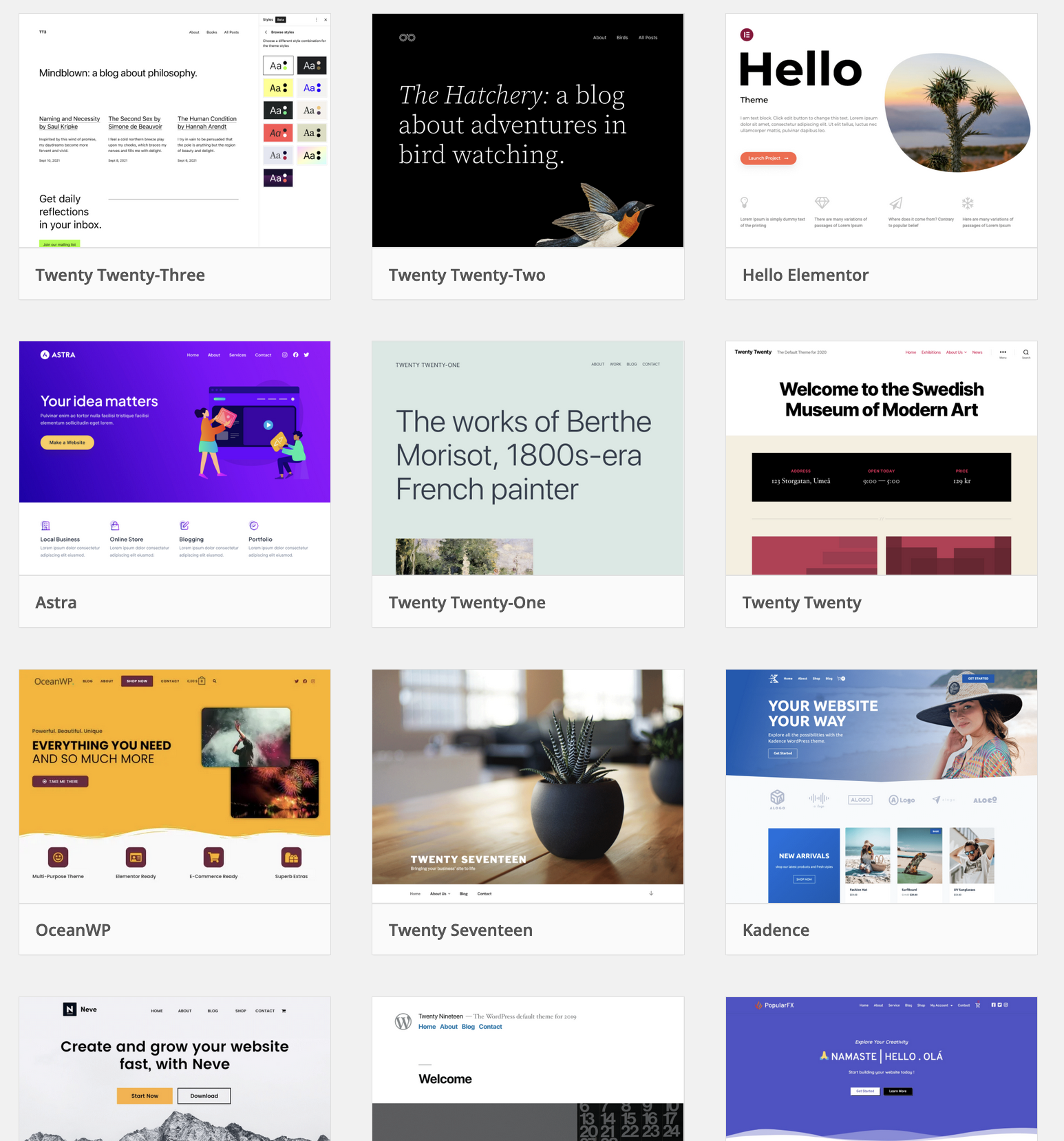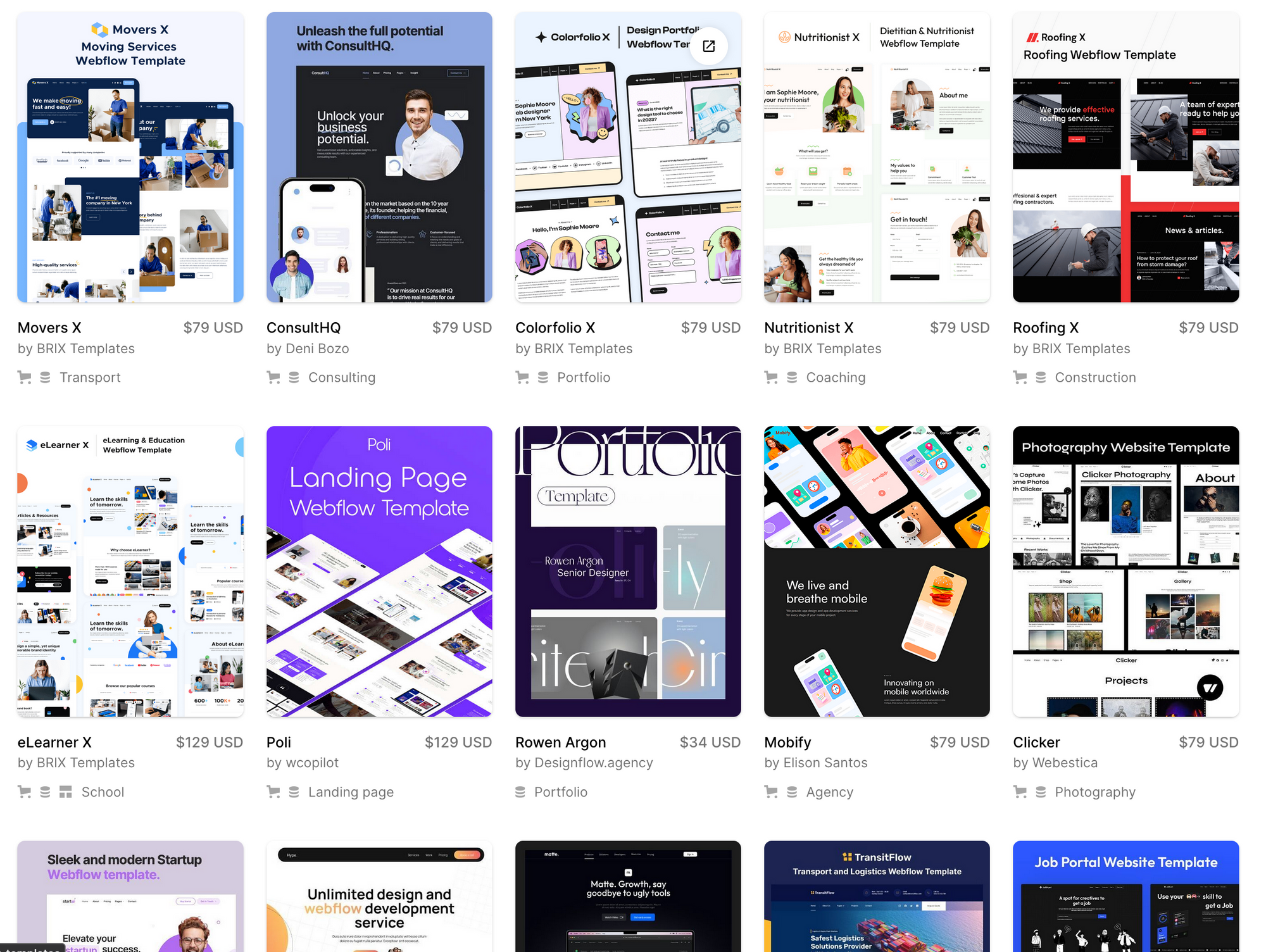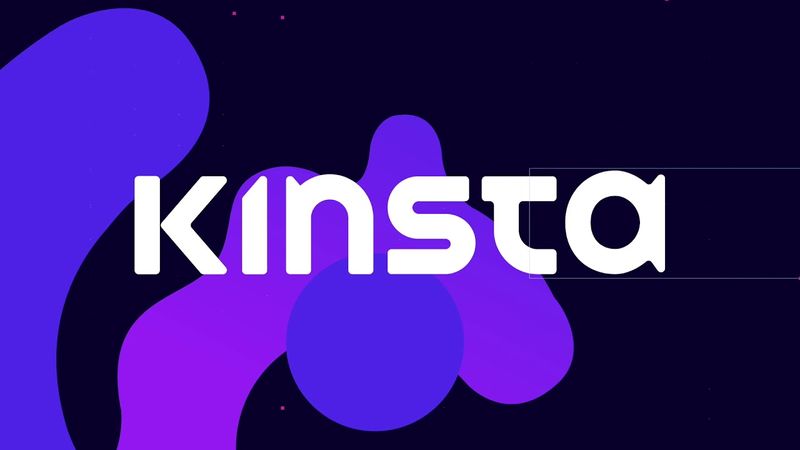"If you want to create a simple, static website quickly, Webflow is the way to go. If you need more advanced functionality like ecommerce, blogging, or membership sites, WordPress is the better choice."
In the world of website building and design, two platforms have emerged as the titans of the industry: Webflow and WordPress. Both have their loyal fans and dedicated user bases, but which one is right for you? This blog post will compare the strengths and weaknesses of each platform, helping you make an informed decision for your next website project. Let's dive in!
Creating a website has never been easier, thanks to the plethora of tools available today. Among these tools, Webflow and WordPress stand out as the most popular and powerful options for both beginners and professionals. So, how do you choose between these two giants? In this blog, we'll explore the key differences, pros, and cons of both platforms.
A Tale of Two Platforms: The Origins
Before we dissect their features, let's take a quick trip down memory lane to understand the origins of these two platforms.
WordPress: The People's Champ
Once upon a time, in the early 2000s, the internet was a vastly different landscape. Websites were clunky, static, and unappealing. Then, in 2003, WordPress emerged as a breath of fresh air, bringing with it user-friendly content management and a plethora of customization options.
Today, WordPress is nothing short of a phenomenon, powering an astounding 40% of the world's websites. Its open-source nature, combined with a vast ecosystem of themes and plugins, has made it the go-to choice for countless bloggers, businesses, and developers.

Webflow: The New Kid on the Block
Enter Webflow, the stylish newcomer that has taken the web design world by storm. Launched in 2013, Webflow has quickly gained traction as a visually stunning, code-free design tool for both seasoned designers and beginners.
Webflow's claim to fame is its intuitive interface that allows users to create responsive designs without writing a single line of code. Coupled with powerful features like CSS Grid and Flexbox, it's no wonder that Webflow has attracted a loyal following in a relatively short amount of time.
Round One: User Interface and Design Capabilities
Let's begin by examining how each platform fares when it comes to user interface and design capabilities.
WordPress: Customization Galore
WordPress is known for its sheer flexibility and customization potential. With a myriad of themes and plugins available, users can mix and match to create the perfect website for their needs.

- Thousands of themes available, both free and premium
- Plugins to extend functionality and add features
- WYSIWYG (What You See Is What You Get) editor for content editing
- Block editor (Gutenberg) for a more modern editing experience
- A steeper learning curve for beginners
However, WordPress isn't without its flaws. The platform can be overwhelming for beginners, and customizing a theme often requires knowledge of PHP, HTML, and CSS.
Webflow: The Visual Mastermind
Webflow, on the other hand, is a visual powerhouse. Its interface is sleek and modern, making it easier for users to create visually appealing websites without touching code.

- Drag-and-drop interface for design and layout
- Responsive designs made easy with built-in tools
- Full control over CSS styling and animations
- Access to a library of pre-built elements
- A more beginner-friendly experience
The downside? Webflow's design capabilities come at the cost of a smaller selection of templates and a more limited ecosystem.
Round Two: E-Commerce and SaaS Marketing
How do the platforms stack up when it comes to e-commerce and SaaS marketing? Let's take a closer look.
WordPress: The Swiss Army Knife of E-Commerce
WordPress has come a long way in terms of e-commerce capabilities. With the help of plugins like WooCommerce, it has become a robust e-commerce platform, ideal for SaaS marketing.

- WooCommerce powers 30% of all online stores
- Extensive list of plugins for payment gateways, shipping, taxes, and more
- SEO-friendly platform with numerous optimization tools
- Analytics and reporting features for data-driven marketing
- Integration with popular email marketing platforms
However, managing a WordPress e-commerce site can be complex and requires regular maintenance to keep everything running smoothly.
Webflow: The Rising Star in E-Commerce

Webflow is no slouch when it comes to e-commerce. The platform offers built-in e-commerce features that are visually appealing and easy to use.
- Built-in e-commerce capabilities without the need for additional plugins
- Simple product and inventory management
- Seamless integration with payment gateways like Stripe and PayPal
- Customizable checkout and cart designs
- Automatic tax calculations and shipping configurations
While Webflow's e-commerce offering is impressive, it may not be as feature-rich or as extensible as WordPress with WooCommerce.
Round Three: Pricing and Scalability
Last but not least, let's compare the costs and scalability of each platform.
WordPress: The Affordable Powerhouse
One of the key reasons for WordPress's popularity is its affordability. WordPress itself is free, but there are costs associated with hosting, domain, themes, and plugins.
- Self-hosted: Users can choose from a variety of hosting providers and plans
- Flexible pricing based on hosting, themes, and plugins
- Unlimited scalability with the right hosting plan
- A wide range of free and premium resources
Webflow: The Premium Designer
Webflow's pricing is more straightforward but can be more expensive, especially for larger projects or e-commerce stores.
- Hosted platform: Users pay for hosting, CMS, and e-commerce features
- Pricing starts at $12 per month for basic hosting, up to $36 per month for business hosting
- E-commerce plans start at $29 per month and go up to $212 per month
- Limited free plan available with Webflow branding
While Webflow's pricing may be a deterrent for some, its premium features and user experience often justify the cost for many users.
The Verdict: Which Titan Reigns Supreme?
As we've seen, both WordPress and Webflow have their strengths and weaknesses. So, which one should you choose for your company?
If you're looking for a platform with unparalleled customization, a vast ecosystem, and powerful e-commerce capabilities, WordPress might be the ideal choice for you.
On the other hand, if you value a visually stunning, intuitive interface, and are willing to invest in a premium designer experience, Webflow could be the perfect fit.
In the end, the decision comes down to your specific needs, budget, and preferences. Whichever titan you choose, both platforms have the potential to help you create a compelling online presence for your company.
FAQ
1. Which platform is better for beginners: Webflow or WordPress?
Webflow is generally considered easier for beginners thanks to its intuitive visual interface and drag-and-drop functionality. WordPress has a steeper learning curve and may require some technical knowledge to customize and optimize fully. However, WordPress has a larger community with extensive resources and tutorials, which can be helpful for beginners looking to learn the platform.
2. Can I migrate my website from Webflow to WordPress or vice versa?
Yes, it is possible to migrate your website from Webflow to WordPress or vice versa. However, the process can be time-consuming and may require technical expertise. There are also third-party tools and services available to help with the migration process.
3. Does Webflow offer e-commerce functionality?
Yes, Webflow offers some e-commerce functionality, including the ability to create product catalogs, shopping carts, and checkout pages. However, the platform's e-commerce capabilities are more limited than WordPress, which offers a range of powerful e-commerce plugins like WooCommerce.
4. How does Webflow compare to WordPress in terms of SEO?
Both Webflow and WordPress offer built-in SEO features and integrations with popular SEO tools. However, WordPress has a more extensive selection of SEO plugins and extensions available, which can provide more advanced SEO functionality. That being said, Webflow's built-in SEO features are generally considered sufficient for most small to medium-sized websites.
5. Can I use custom code on my Webflow website?
Yes, Webflow allows you to add custom code to your website for more advanced design and functionality changes. However, some users may find the platform's code editor limited compared to more advanced development environments.
6. Does WordPress offer a visual design interface like Webflow?
WordPress offers visual design interfaces like the Gutenberg block editor and various page builder plugins. However, these interfaces may not be as intuitive or user-friendly as Webflow's visual interface.
7. Which platform is better for creating complex layouts and designs?
Webflow is generally considered better for creating complex layouts and designs thanks to its powerful CSS grid system and easy-to-use visual interface. WordPress offers many pre-designed templates and themes, but customizing these designs for more complex layouts can be challenging.
8. How much does it cost to use Webflow and WordPress?
Webflow's pricing plans start at $12 per month for individual users and go up to $212 monthly for larger teams and businesses. WordPress is a free and open-source platform, but you will need to pay for website hosting and potentially other third-party services like themes, plugins, and support.
9. Which platform is better for website speed and performance?
Both Webflow and WordPress can be optimized for fast website speed and performance, but the exact results will depend on various factors like website size, hosting provider, and technical optimization. Webflow's built-in hosting and simplified maintenance can help ensure fast website performance, while WordPress's complete control over site hosting and maintenance can allow for more customized server settings.
10. Can I use both Webflow and WordPress together for my website?
Yes, using both Webflow and WordPress together for your website is possible. For example, you could use Webflow to design and host your website's homepage and other static pages and then use WordPress for more dynamic functionality like e-commerce or blogging. However, this setup may require technical expertise to integrate the two platforms properly.






